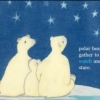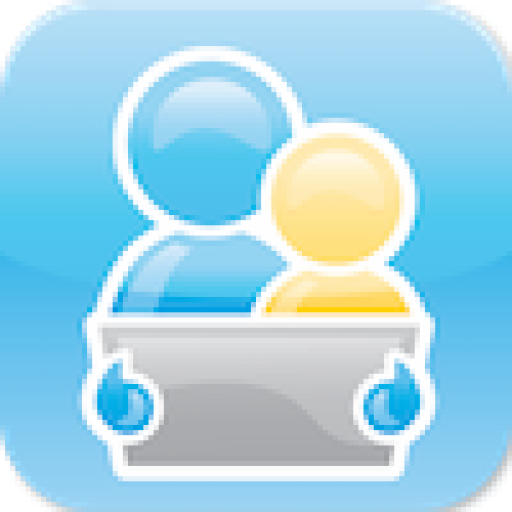As iPads become more and more common in schools, I am asked more frequently for suggestions of apps in so many areas. Many of us have had the experience of downloading an app that looks like it will meet our needs – but once we download it from the iTunes store it isn’t quite what we wanted. So, having seen my rather large collection of apps, people keep asking me for my favourites list as a starting point or addition to their own collection. I’ve started working on lists of my favourite apps for use in a balanced literacy program – and this is the first post to go with my first list in this area.

But before I get to the list, I wanted to explain that when I’m using the iPad for Guided Reading I have some criteria for the apps I use. And I’m using this blog to explain the criteria that go with this first list.
Firstly, I look for a storyline that is clear and engaging – and there needs to be enough information in the storyline and/or the illustrations for me to set a number of purposes for reading the book repeatedly through the week.
Secondly, if the book has a “read out loud” option I want to know if it also has word-by-word highlighting – and then if the book has word-by-word highlighting, it is important to me that the highlighting synchronises with the speech. There are quite a number of digital storybook apps where the word-by-word highlighting either gets in advance of the speech or lags behind it.
Word-by-word highlighting can be a valuable tool – it helps to reinforce that text is a code for speech by consistently matching text with spoken words. Word-by-word highlighting helps to reinforce the difference between text and pictures and that text carries the message. It also helps students to understand that text goes from left to right – and that at the end of a row a reader needs to sweep down and across to the beginning of the next line of text. Some students find word-by-word highlighting extremely helpful – it can help to keep them on track with the progress of the story. However, it is important to note that we don’t want to use word-by-word highlighting all the time – which is why I also include eBooks which don’t have this feature. Particularly once a student becomes a more competent reader they need to develop eye movements to enable them to read more efficiently – which means they need to move away from a straight linear movement and if we always use word-by-word highlighting this may not develop. For a summary of the research into eye movement click here. (edited to add: this link is no longer available)
I also avoid using enhanced eBooks – I don’t want too many distractions. Music, animation and interactive features can be very distracting for some students and impact on their comprehension of the text. I have observed this many times – and a study from the Joan Ganz Cooney Center tells us that while many children prefer reading eBooks, “children recall fewer of the details of the content of enhanced e-books versus the same e-book”. On this topic, it’s important to say that I like books which have extra games and activities built-in – but there needs to be a version of the book which is a “straight” book before I consider it as a text for guided reading or self-selected reading. Harold and the Purple Crayon is a good example of this. This delightful digital storybook has a “read to me version” with word-by-word highlighting and minimal enhancements, a “read alone” version which is also a faithful version of the book but without the text-to-speech – and a “touch tale” version with lots of interactivity and extra bells and whistles. This “read to me” version is a great book for guided reading – and the “touch tale” version is a great activity for a student in their leisure time or as a follow-up activity to talk about aspects of the book.
And finally – I don’t like spelling mistakes! It absolutely amazes me how many digital storybook apps I have downloaded that have one or many spelling mistakes. Spelling mistakes immediately remove a book from my list.
So – having given you my criteria, if you are still interested you can click here to download a list of my favourite iPad Apps for Guided Reading. At the moment there are only a dozen apps on my list – but I’ll be adding more regularly and letting people know about the updates via Facebook and Twitter.


Carol Van Der Wijngaart
Jane
Ajit
Jane
Pingback: iPad Apps for Guided Reading | Jane's Blog | Communication and Autism | Scoop.it
Peggy
Jane
Jane
John
Jane
Peter Cottle
Jane